What are Nature Play areas and how to successfully build them
The wonders of nature with our exploration into nature play—a concept that celebrates children’s interaction with the natural world through imaginative and unstructured play.
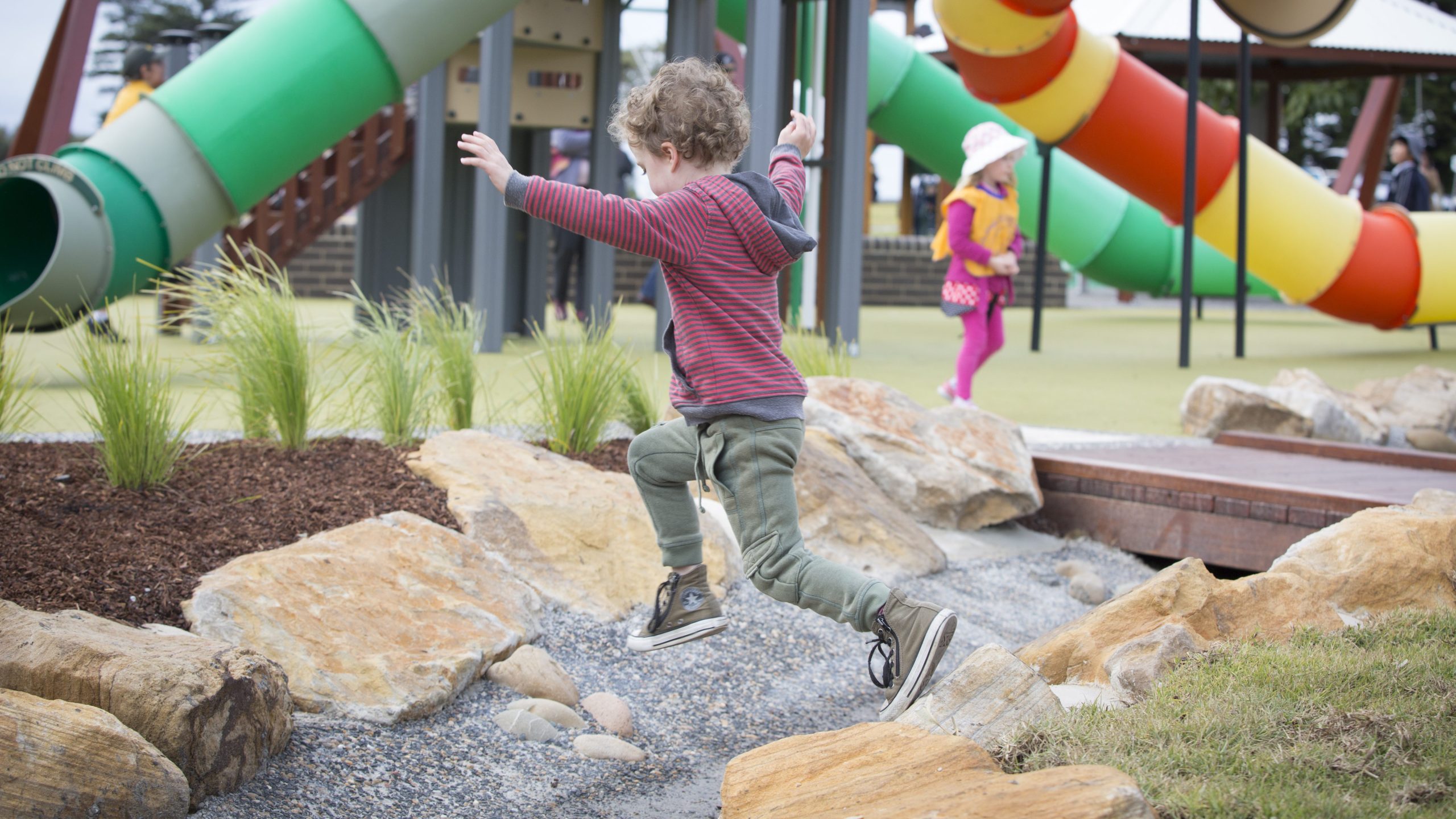
Share post
Nature play is a concept that encourages children to engage with the natural environment through play. It’s about moving away from structured, man-made play environments to spaces that integrate natural elements like trees, rocks, water, and sand. This type of play not only fosters physical activity but also promotes creativity, imagination, and a sense of wonder about the natural world.
The Importance of Nature Play
In our increasingly digital world, children are spending more time indoors and less time in natural environments. Nature play is crucial as it offers various developmental benefits, including sensory skills, risk-taking, problem-solving abilities, and improved mental health. It also instills an appreciation for nature, fostering environmental stewardship in future generations.
How Nature Play Supports Child Development
- Physical Development: Nature play often involves climbing, jumping, running, and balancing, which are excellent for physical health and motor skills development.
- Cognitive Skills: Interacting with natural elements helps develop observational and reasoning skills.
- Emotional Well-being: Being in nature can reduce stress and promote a sense of peace.
- Social Interaction: Nature play spaces are less structured, encouraging children to interact, cooperate, and build social skills.
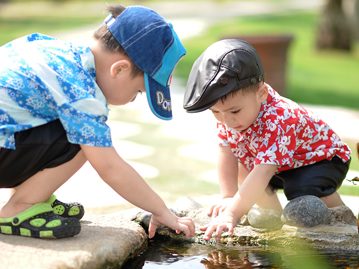
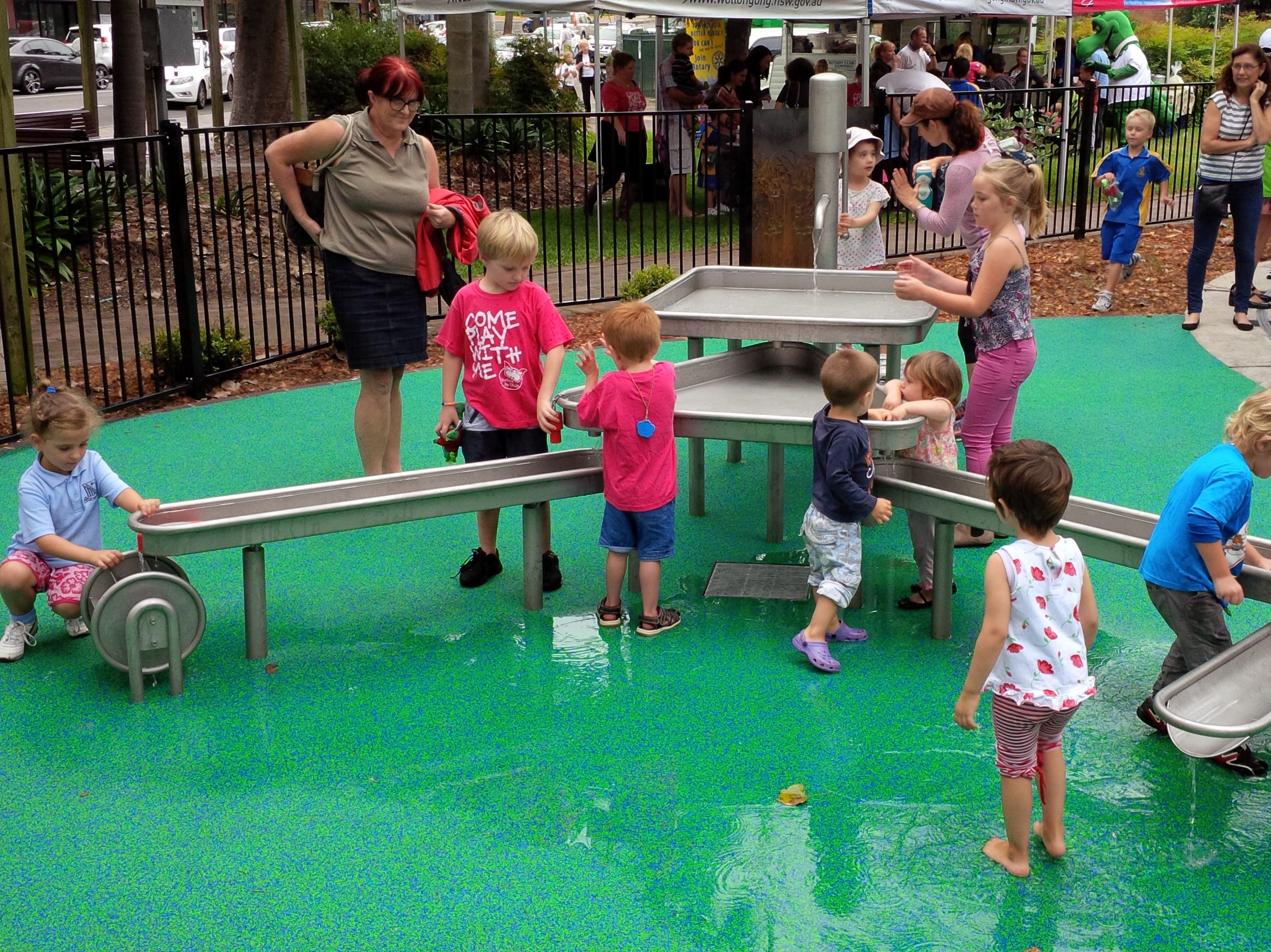
Cost Considerations in Nature Play Spaces
Designing a nature play space can vary significantly in cost, depending on factors such as the size of the project, the types of materials used, and the complexity of the design. Natural materials can be more cost-effective than traditional playground equipment, but there may be additional costs in landscaping and preparing the site. Investing in nature play spaces, however, can offer long-term benefits, including lower maintenance costs and greater durability compared to traditional playgrounds.
Tips for Cost-Effective Nature Play Spaces
- Utilise Local Natural Materials: Using local resources can reduce costs and ensure the playground blends with the local environment.
- Engage the Community: Involving local community groups in the planning and building process can reduce costs and foster community ownership.
- Phased Development: Implementing the playground in phases can help manage costs over time.
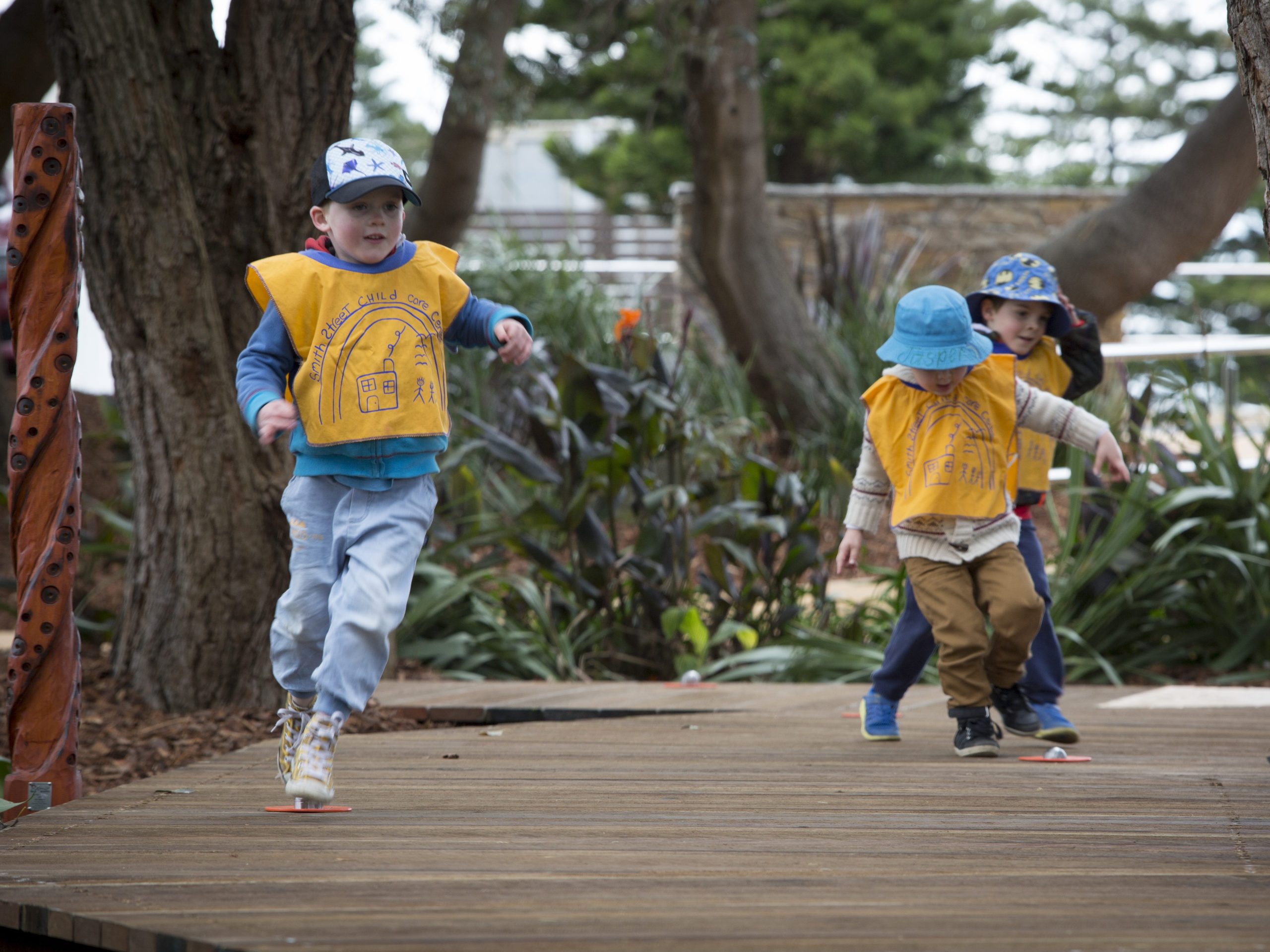
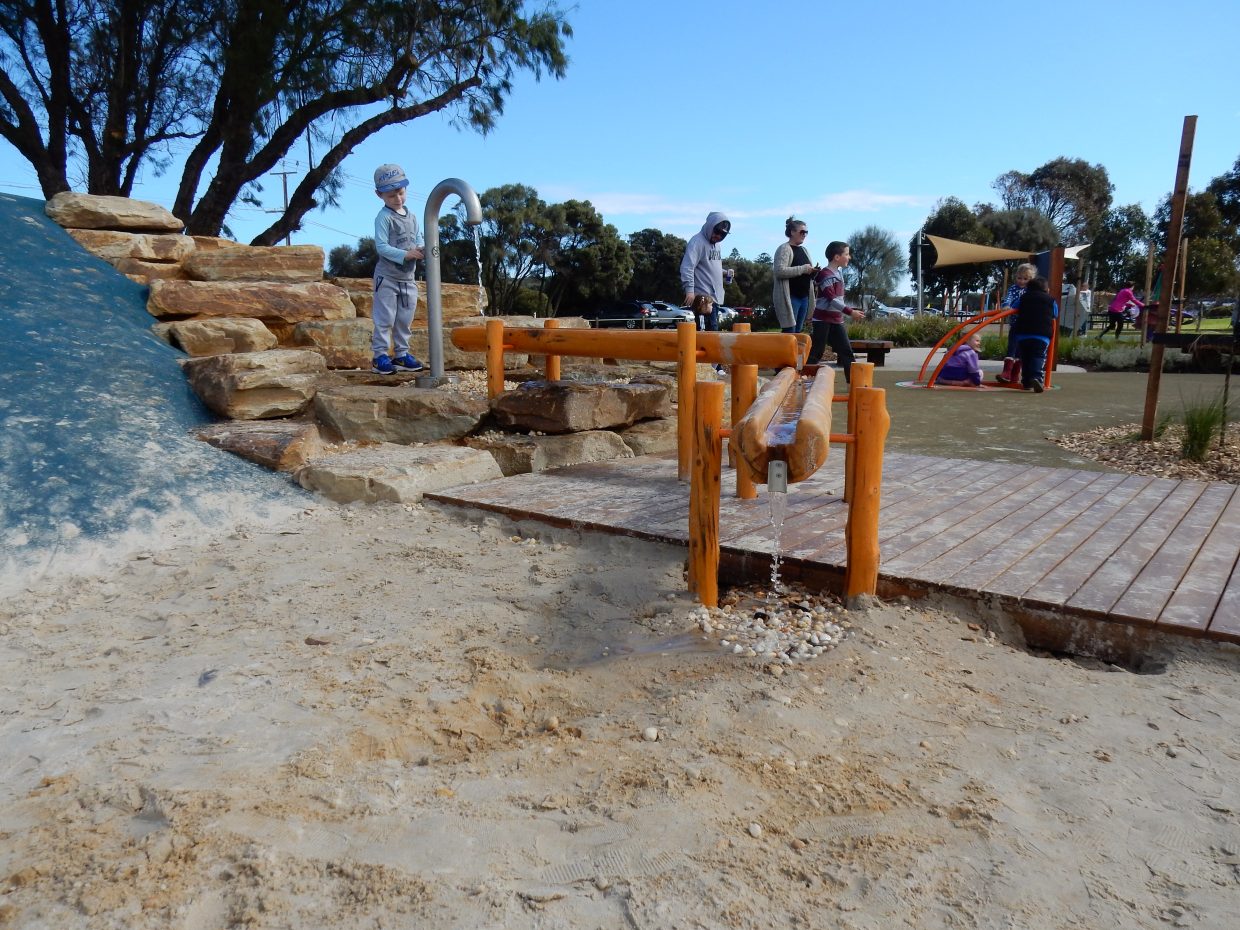
Designing a Nature Play Space
When designing a nature play space, it’s essential to consider various factors to ensure the area is safe, engaging, and beneficial for children. Here are some key considerations:
- Safety: While natural play encourages risk-taking, safety should always be a priority. This includes ensuring stable structures and safe surfaces.
- Diversity of Play Experiences: Incorporate a range of elements to cater to different ages and interests.
- Accessibility: Ensure that the space is accessible to children of all abilities.
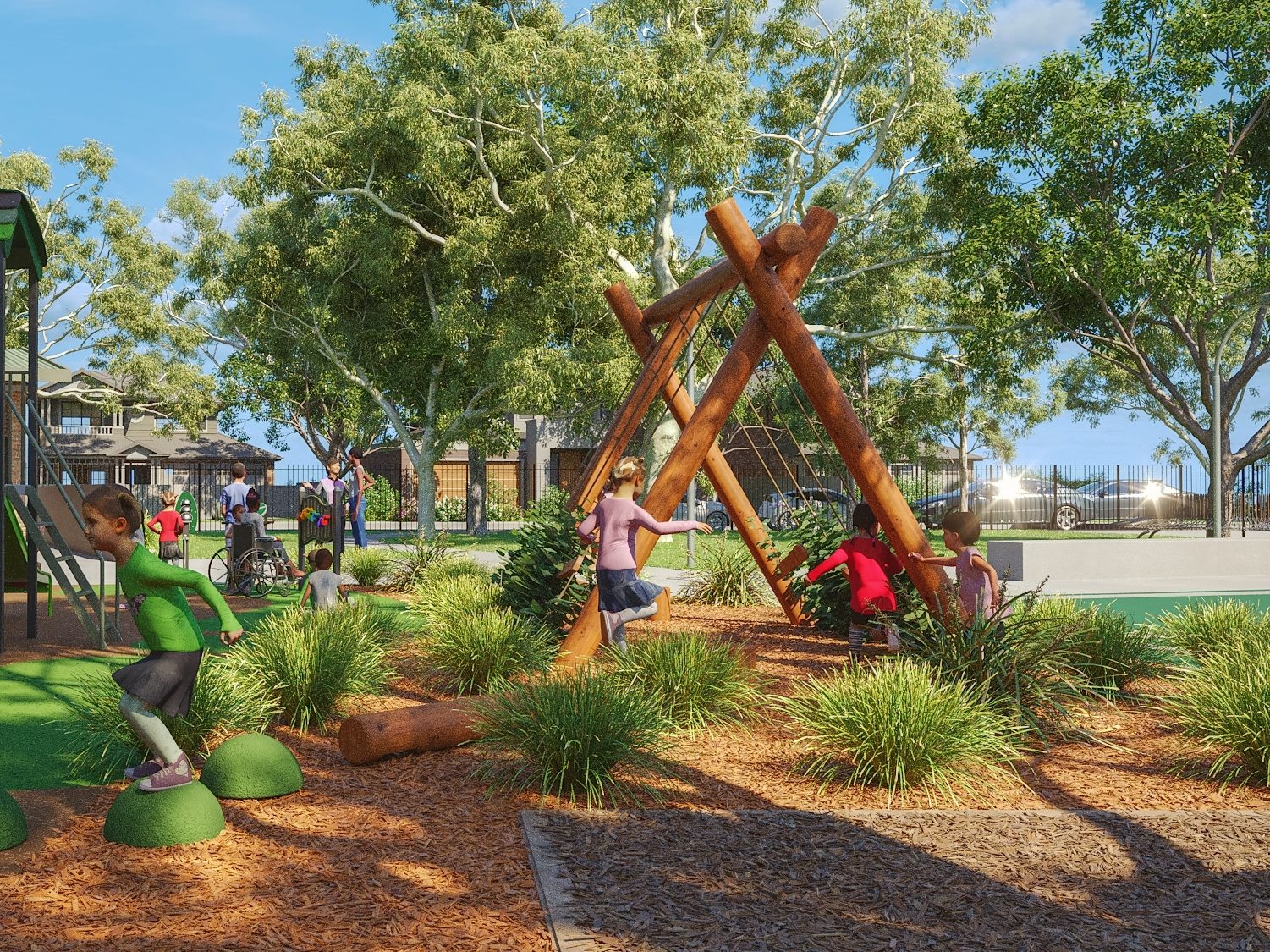
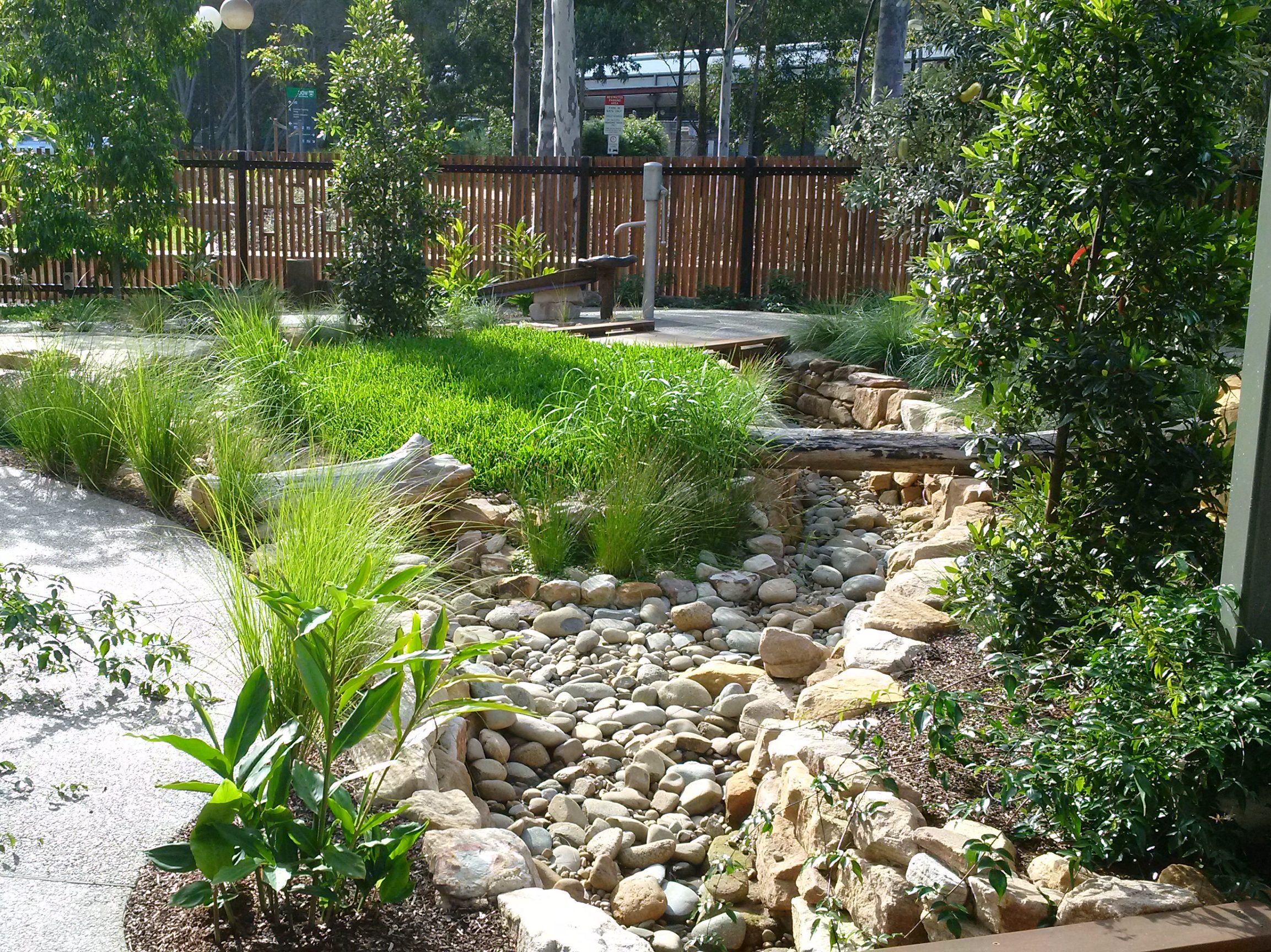
Nature play is more than just a trend; it’s a vital part of child development and environmental education. At Moduplay, we are committed to creating play spaces that not only bring joy and excitement to children but also connect them with the natural world, fostering a lifelong relationship with nature. For more information on how we can help you create a nature play space, contact our team of experts.
Keep in touch
Get design inspiration, business tips and new product alerts straight to your inbox with our Moduplay Newsletter, the Playground Press once every two months.


